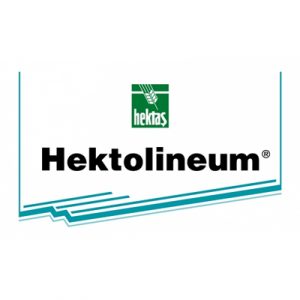Description
Method of Application
The first application should be made 1-2 weeks after the first motile larvae are seen in the controls made from the end of April against peach comma crustacean in peach, followed by the second application, taking into account the effect time of the first application.
Applications against mulberry crustacean in peach are started at the first larva hatching and a second application is made considering the effect time of the product. However, it should be taken into account that some peach varieties have reached the harvest period in the second generation.
Application should be made when it is deemed harmful to olive cotton cornelian in olives.
Against olive crustacean in olives, the application should be made by controlling the females with eggs and when 50% of the eggs hatch (the second progeny reaches 70-80% of the adult rate).
In olives, the first application is made against olive black cochlea in the period when 50% of the eggs are opened, and the second application is made in the period when 90% of the eggs are opened.
It should be applied when it is seen that there is a harmful effect against olive scarab in olives.
The fight against citrus mealybug in the vineyard is done in two phases. The first period is the period when wetness begins to be seen on the stem of the vine, on the bark and the mealybug begins to walk towards the green parts. In this period, the groves are about the size of chickpeas. The second period is the period when mealybug passes to leaves and clusters and the grains begin to be watered. However, if the pest was found in a few grapevines and very rarely in the first cycle, it should only be applied in the second cycle. If contamination is detected in most of the vines in the first cycle, and also in exported varieties, it is mandatory to apply in both cycles.
Other Informations
Compatibility: Do not mix with Captan, Folpet and Sulfur containing plant protection products. It is recommended to make premix trials before mixing large quantities for application.
Detailed Table Information
| PRODUCT NAME | PLANT NAME | PEST NAME | DOSAGE OF USE |
| Hektolineum | Olive | Olive cotton kosnili (Filippia oleae) Olive crustacean lice (Parlatoria oleae) Olive caraquoise (Saissetia oleae) Olive rakosnili (Pollinia pollini) | 1500 ml/100 l water |
| Hektolineum | Peach | Peach comma crustacean lice (Mercetaspis halli) | 1500 ml/100 l water |
| Hektolineum | Peach | Mulberry crustacean louse (Pseudaulacaspis pentagona) | 1000 ml/100 l water |
| Hektolineum | Bond* | Citrus famous lice (Planococcus citri) | 1000 ml/100 l water |

